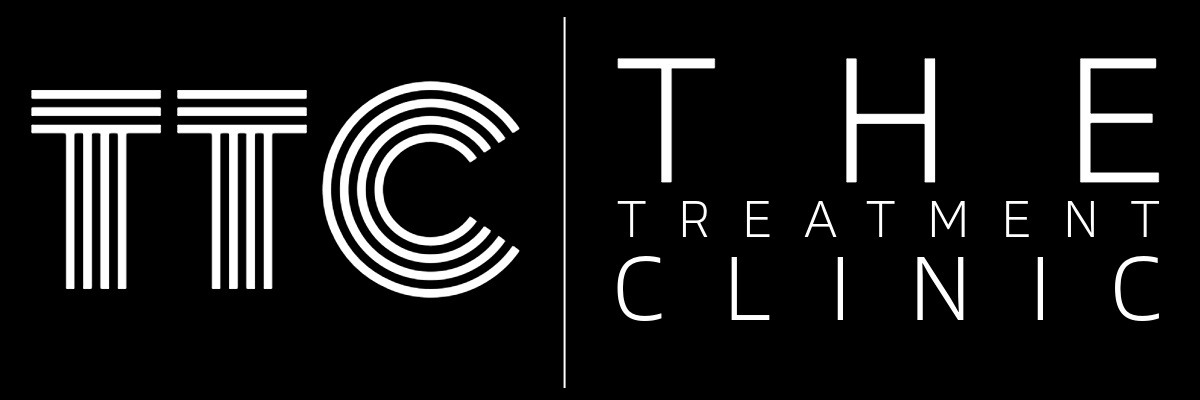You definitely don’t want “pillow face”: What is it and how to make sure it doesn’t happen
Key Takeaways:
Understanding "Pillow Face": It's a term for the overfilled, puffy look resulting from excessive dermal fillers.
The Importance of Moderation: Less is often more when it comes to fillers, preventing an unnatural appearance.
Choosing the Right Practitioner: Ensure your aesthetic practitioner has a reputable background and a conservative approach.
Individualized Treatment Plans: Treatments should be tailored to each person's unique facial structure and aesthetic goals.
Maintenance and Reversibility: Regular check-ups and
knowing that certain fillers can be dissolved are key to preventing "Pillow Face".
In the realm of aesthetic medicine, the pursuit of youth and beauty often leads individuals down the path of dermal fillers, a popular and effective means of addressing wrinkles, volume loss, and the overall signs of aging. However, an emerging phenomenon known as "Pillow Face" serves as a cautionary tale for those seeking to turn back the clock a bit too eagerly. As an experienced aesthetic practitioner, I've witnessed firsthand the delicate balance between enhancement and excess, and it's this journey of nuanced understanding that we'll embark on today.
"Pillow Face": The Perils of Overindulgence
"Pillow Face" refers to a specific look characterized by an overly plump, sometimes distorted facial appearance that can result from excessive use of dermal fillers. Imagine, if you will, the soft, uniformly rounded contours of a plush pillow. While initially intended to restore lost volume and smooth out wrinkles, too much filler can obliterate natural facial landmarks and shadows, leading to a look that is less "youthful refresh" and more "caught in a wind tunnel."
This phenomenon underscores a fundamental truth in aesthetic medicine: the goal is not to erase every line or plump every crease, but to enhance one's features in a way that respects the natural architecture of the face. The artistry lies not in the filler itself but in the restraint and vision of the practitioner wielding it.
The Golden Rule: Moderation and Balance
The allure of immediate results can sometimes cloud judgment, leading to decisions that favor short-term gain over long-term satisfaction. It's a narrative I've seen unfold more times than I'd care to count, where the initial thrill of a "quick fix" gives way to regret. Herein lies the golden rule of aesthetic enhancement: moderation.
A judicious approach, one that adds volume incrementally and assesses the impact with a critical eye, is paramount. It's not just about filling in lines; it's about understanding the dynamic interplay of facial structures, how light and shadow define our perceptions of youth and beauty, and how best to enhance these elements without crossing the line into distortion.
The Practitioner's Palette: Choosing Wisely
In the hands of a skilled and conservative practitioner, fillers can work wonders, subtly enhancing one's appearance without drawing attention to the work done. The key, however, lies in the choice of practitioner. Just as you wouldn't entrust a valuable piece of art to an inexperienced restorer, so too should the selection of an aesthetic practitioner be approached with diligence and care.
Look for someone who not only has the requisite qualifications but also a portfolio that demonstrates a commitment to natural-looking results. A good practitioner will often say "no" or "enough," understanding that the true measure of their work is not in the volume injected but in the satisfaction and confidence of their clients.
Tailored to You: The Personalized Approach
No two faces are the same, and thus, no two treatment plans should be identical. A 20-year-old seeking subtle lip enhancement has vastly different needs from a 50-year-old looking to address mid-face volume loss. This is where the concept of a tailored treatment plan comes into play.
An in-depth consultation should precede any procedure, during which your goals, concerns, and facial anatomy are discussed in detail. This collaborative approach ensures that the end result is in harmony with your natural features and aesthetic aspirations, reducing the risk of an outcome that looks "done."
The Safety Net: Maintenance and Reversibility
Even with the most careful planning and execution, the world of fillers is not without its need for adjustments and maintenance. Regular check-ups allow for the fine-tuning of results, ensuring that the enhancements age gracefully with you.
Furthermore, the reversibility of certain fillers (notably those based on hyaluronic acid) offers a safety net. Should the results veer towards the undesired "Pillow Face," an enzyme known as hyaluronidase can be used to dissolve the filler, essentially hitting the reset button. This reversibility underscores the importance of choosing fillers that offer not just immediate results but also the flexibility to adjust and correct if necessary.
In conclusion, while the allure of a quick fix is undeniable, the pursuit of aesthetic enhancement must be approached with a philosophy that values moderation, individualization, and the artistry of natural beauty. "Pillow Face" serves as a cautionary tale, reminding us that in the quest for youth, the most effective strategy is one that respects the unique contours and character of each individual face. As we navigate the complexities of aesthetic medicine together, let us do so with a mindful appreciation for the subtle, the natural, and the authentically beautiful.
Every face is unique — and your treatment plan should be too. Book a consultation with The Treatment Clinic and let us guide you toward results that feel subtle, confident, and refreshingly natural.

